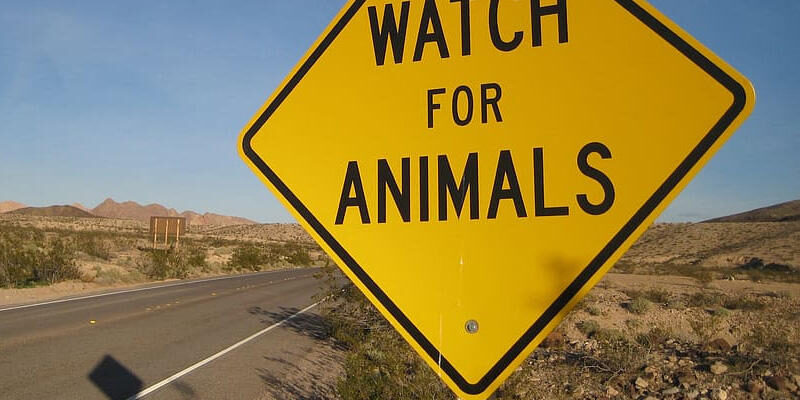H1: School Zone Signage: Flashers, Timing Plans, and Compliance
🏫 1. Why School Zone Signage Is Critical
School zones are among the most sensitive traffic control areas. Proper warning signage and timing systems directly reduce the risk of child pedestrian accidents. The combination of flashing beacons, speed limit adjustments, and pavement markings helps drivers recognize when to slow down and maintain alertness.
A reliable School Zone Signs Manufacturers partner ensures every element — from reflective film to beacon visibility — meets MUTCD and local education authority requirements.
⚡ 2. Flashing Beacons and Visibility Enhancements
Flashing beacons are used to draw immediate attention to speed limit reductions during school hours. According to MUTCD Section 7B.15, these lights must:
-
Flash yellow alternately at 50–60 flashes per minute
-
Be positioned above or below the speed limit sign
-
Operate only during designated school times
LED-based systems outperform traditional halogen flashers by offering greater brightness, lower energy use, and integration with solar panels for off-grid areas.
For long-lasting outdoor durability, flashers and sign assemblies from trusted Safety Signs Manufacturers are designed to resist corrosion, vibration, and extreme temperatures.
⏰ 3. Designing Effective Timing Plans
Timing plans define when school zone flashers operate. These schedules must align with the actual start and dismissal times of schools while accounting for early release days and after-school programs.
Typical activation windows:
-
Morning: 30 minutes before classes begin
-
Afternoon: From dismissal until 30 minutes afterward
Advanced systems now support GPS or cellular control, allowing automatic updates and centralized coordination for multiple school zones.
📏 4. Placement and Spacing Guidelines
Proper placement ensures drivers have enough reaction time to slow down safely:
-
Advance warning signs: 150–300 feet before the school zone
-
Reduced speed signs: immediately before the zone entrance
-
End zone signs: placed just beyond the crosswalk area
All signs must be mounted 7 ft above sidewalks and 12 ft from roadway edges for maximum driver visibility.
🧠 5. MUTCD Compliance and Retroreflectivity
To maintain MUTCD compliance:
-
Use fluorescent yellow-green sheeting (Type IX or XI) for all warning signs
-
Ensure legibility distance ≥ 400 ft under low-beam headlights
-
Conduct regular retroreflectivity checks (at least every 2–3 years)
Signs that no longer meet brightness standards should be replaced immediately to prevent liability risks.
🧍 6. Integration with Crosswalks and Pavement Markings
A complete school zone system includes:
-
W16-7P plaques (“AHEAD”)
-
Pavement legends (“SCHOOL”, “SLOW”)
-
Thermoplastic zebra crosswalks with 6-in reflective glass beads
-
Optional pedestrian-activated beacons for high-volume crossings
Combining these measures significantly improves safety and driver compliance rates.
🌍 7. Sustainability and Energy Efficiency
Many municipalities are adopting solar-powered flashers with energy storage systems. These not only reduce electricity costs but also align with sustainable infrastructure goals.
🏁 8. Conclusion
Properly designed and installed school zone signage protects the most vulnerable road users — children. Working with a professional school zone signs manufacturer ensures every system meets MUTCD and ASTM standards, providing maximum safety and reliability for years to come.
FAQ
Q1: How long should school zone flashers operate daily?
A: Typically 45–90 minutes total, depending on local traffic and school hours.
Q2: Are solar-powered flashers reliable during cloudy days?
A: Yes, modern systems include high-efficiency batteries that maintain 5–7 days of autonomy.
Q3: Do school zone signs require reflective sheeting?
A: Absolutely — fluorescent yellow-green Type IX or XI reflective film is mandatory for visibility and compliance.








